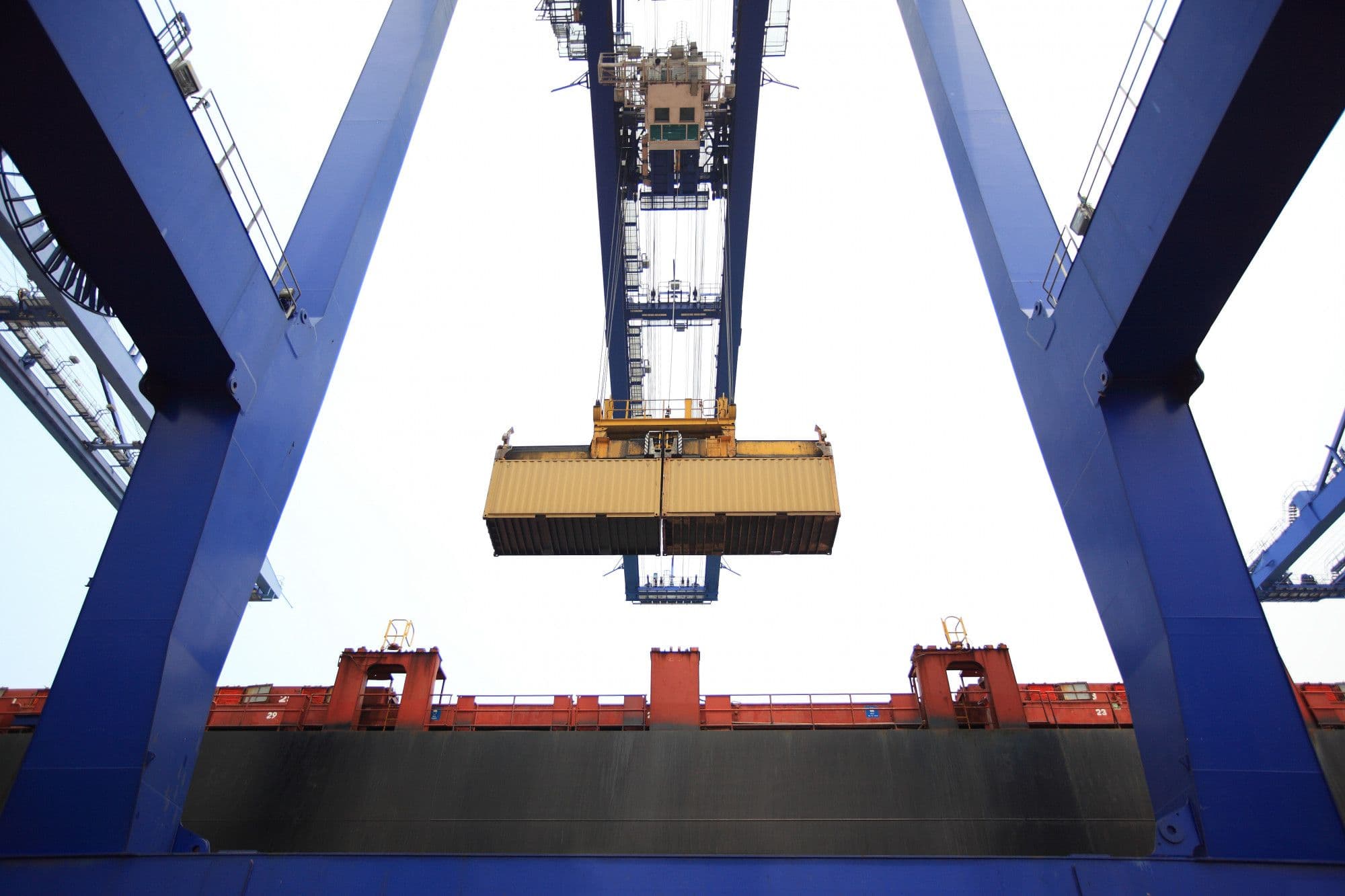
Understanding the Different Types of Shipping Containers
Introduction
Shipping containers are the backbone of global logistics. They come in various types and sizes, each designed to serve a specific purpose. Choosing the right container is essential to ensure goods are transported safely, efficiently, and cost-effectively. In this article, we will explore the most common types of shipping containers and their uses in international trade.
1. Standard Dry Containers
Description: These are the most widely used containers in the world. They are enclosed, weatherproof, and ideal for general cargo such as textiles, electronics, and consumer goods.
Sizes: Typically 20ft and 40ft.
Use Case: Transport of dry goods that do not require temperature control.
2. High Cube Containers
Description: Similar to standard containers but one foot taller, providing extra space for cargo that requires additional height.
Sizes: 40ft High Cube is the most common.
Use Case: Bulky but lightweight goods such as furniture or large equipment.
3. Refrigerated Containers (Reefers)
Description: Equipped with cooling systems to transport perishable goods that must remain at a controlled temperature.
Sizes: Usually 20ft and 40ft.
Use Case: Fresh produce, frozen food, pharmaceuticals.
4. Open Top Containers
Description: These containers have no fixed roof, allowing goods to be loaded from above using cranes. They are covered with a removable tarpaulin for protection.
Use Case: Heavy or oversized cargo such as machinery, steel, or timber.
5. Flat Rack Containers
Description: Designed with collapsible sides, flat racks are ideal for oversized cargo that doesn’t fit into standard containers.
Use Case: Vehicles, heavy machinery, industrial equipment.
6. Tank Containers
Description: Cylindrical containers used to transport liquids, chemicals, and gases. They are made of strong steel and comply with strict safety standards.
Use Case: Food-grade liquids, oils, fuels, hazardous chemicals.
7. Special Purpose Containers
Description: Custom-built containers for specific cargo, such as ventilated containers for agricultural products or insulated containers for temperature-sensitive goods.
Use Case: Tailored transport needs outside the standard range.
Conclusion
Understanding the different types of shipping containers is crucial for businesses in international trade. The right container ensures goods are transported securely while minimizing costs and risks. Whether it’s dry cargo, refrigerated goods, or oversized machinery, there is a container designed to meet every shipping requirement.
Suggested Images
- Cover Image: A busy port with stacked shipping containers of different colors and sizes.
- Mid-Article Image 1: A reefer (refrigerated container) being lifted by a crane.
- Mid-Article Image 2: A flat rack container carrying heavy machinery.
.11fd1960.png&w=640&q=75&dpl=dpl_GasU22xizL3EpUiQrYsEei8SPSUg)